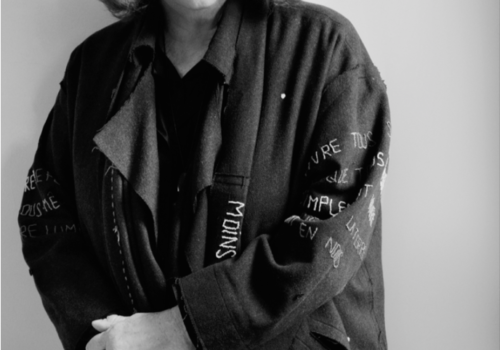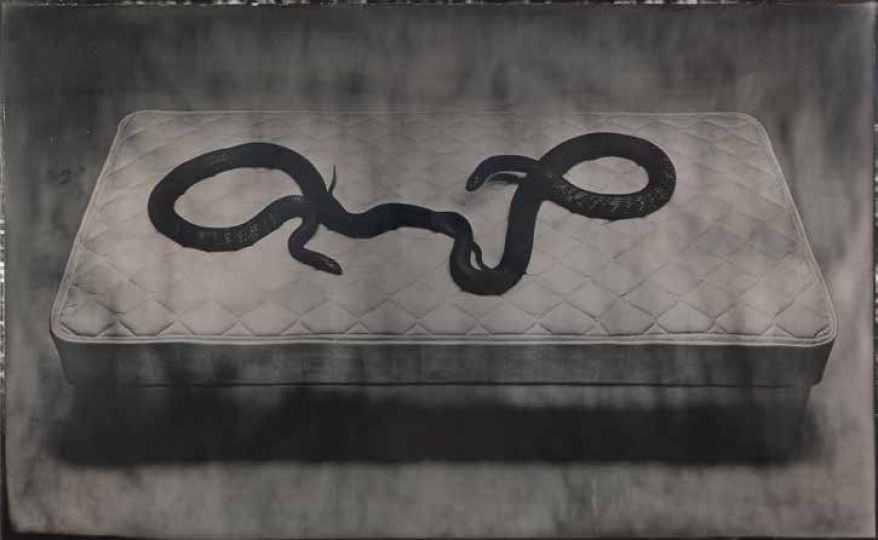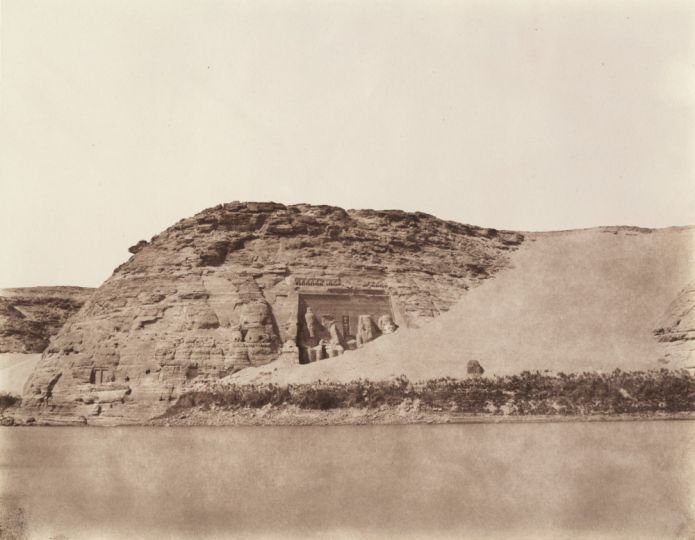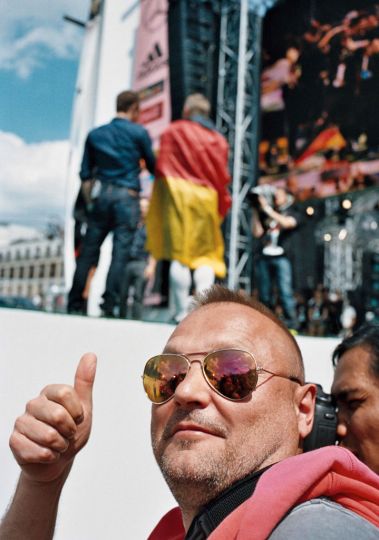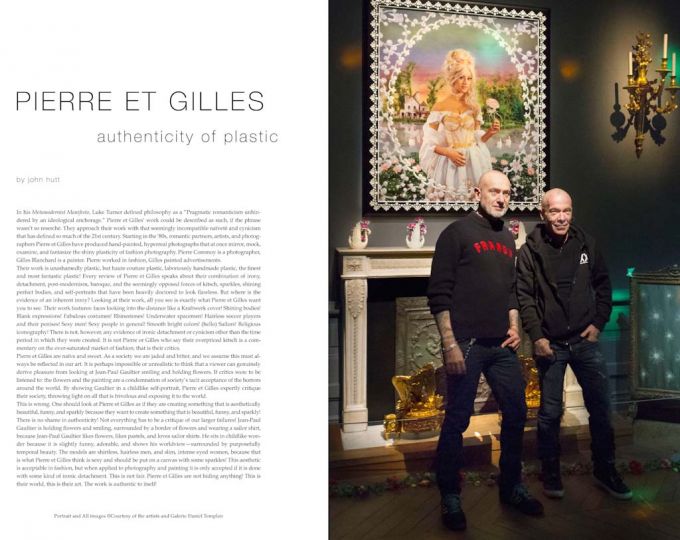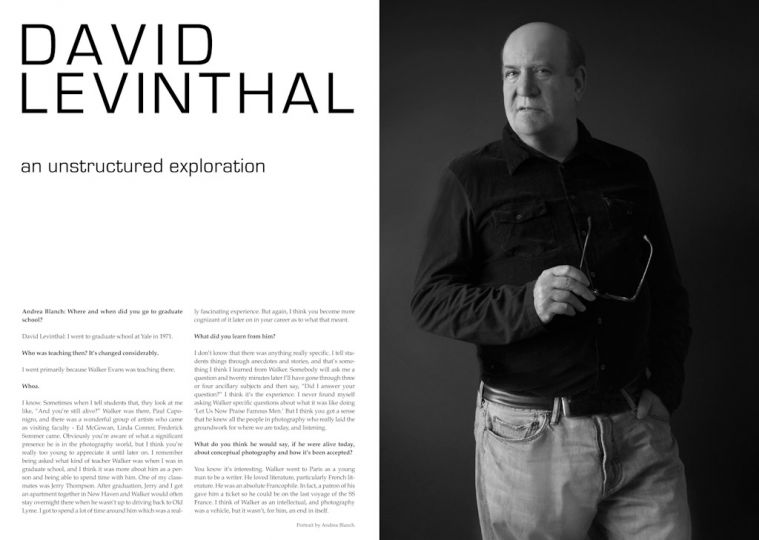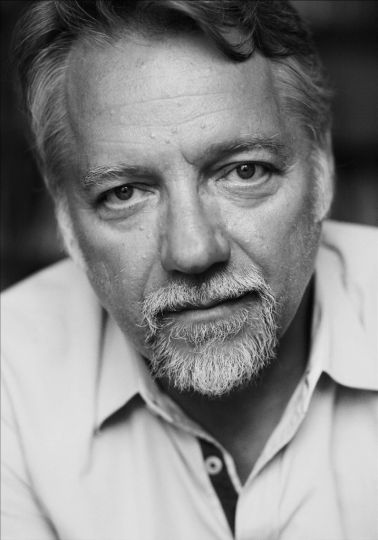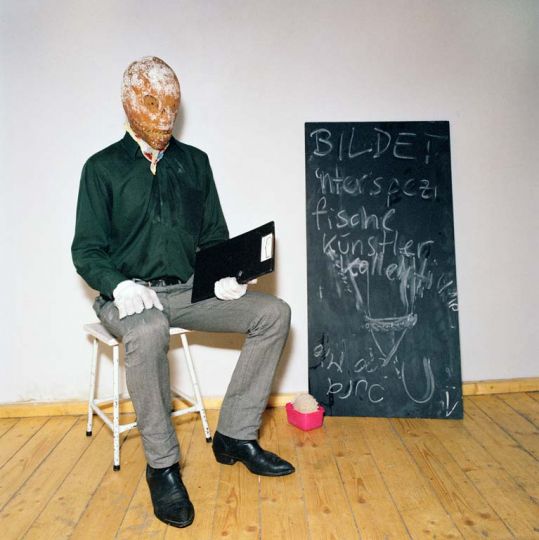The best artists are so avant-garde that their work baffles their contemporaries and requires a new set of interpretational and art historical tools in order to make sense of their advancements. We are only just now beginning to understand the extraordinary contributions to Minimalism made by Miriam Schapiro and Judy Chicago after years of focusing on the accomplishments of male artists on the East Coast. Lynn Hershman Leeson, unlike many other artists, seems to welcome the fact that she was, and continues to be, so tapped into the vanguard that her work from the 1960s onward defies critical articulation. In fact, by requiring us to think with more nuance about the role of technology and gender in our formulation of discourses surrounding photography, performance,films video, and sculpture, she has enacted a completely new understanding of postwar art. We can never understand conceptualism in the same way after experiencing Hershman Leeson’s astonishing excavations of the intellectual and artistic possibilities of changing technologies. Despite any resistance that she encountered in the art world, Hershman Leeson has pulled 18-hour days every single day for over 40 years. Aside from her work discussed in this interview, which are held in prestigious museums and private collections across the world, Hershman Leeson also premiered the landmark documentary !Women Art Revolution in 2011. Additionally, she wrote, directed, and produced three other feature films starring Tilda Swinton that have been screened internationally: Conceiving Ada (1997), Teknolust (2002), and Strange Culture (2007). An Emeritus Professor at the University of California at Davis . Professor at Large at Cornell University, Hershman Leeson was also a recipient of a Guggenheim fellowship, the Alfred P. Sloan Foundation Prize for Writing and Directing. To the benefit of artists and researchers across the world, the Stanford University library has also acquired her working archives.
In the following, Hershman Leeson discusses the ramifications of her historical work as she moves even further into uncharted aesthetic territory.
Using technology in art is not only for men. Ada Lovelace wrote the first computer program between 1842 and 1843, but she was not credited for 100 years. Mary Shelley wrote the first book referencing artificial intelligence in 1818 with Frankenstein. Hedy Lamarr invented spread spectrum technology, which is the basis for the cellular technology. The importance of the innovation in technology that has come from women is only being recently acknowledged. My work that uses technology began in the 1960s, first with a mistake on a Xerox machine, which I liked and kept reproducing. Then I incorporated sound as an extension of what I call the Breathing Machines – wax casts that emit sounds of breathing or giggling when approached by the viewer. They can even talk to the viewer. These pieces were not exhibited until last year at my retrospective at Zentrum für Kunst und Medientechnologie (ZKM). Before that, people said they were not art, because media was not art. One piece that talked: Self Portrait as Another Person (1965) closed down an exhibition at the University Art Museum in Berkeley because the curators insisted it was not art. I like using technologies and innovations of the present in my work because it offers more opportunities than dealing with the past. I wanted to use things that were in the process of being invented, rather than trying to do things that were already in the dialogue. It progressed systematically from the sound sculptures to the site-specific works, which had a owchart for how you navigated them. Time and space, and modularity and video were compressed into Lorna (1983), which is consid- ered the rst interactive laser-disc artwork.
It took 25 years for Lorna to be seen and acknowledged. Once people started thinking about the ramifications of an interactive art videodisc, and what that meant for a fractured narrative, or began considering virtual reality and placing the viewer inside the art space, then that just extended into the next work, Deep Contact (1984), that uses a touch screen to allow one to virtually touch a woman’s body. This invented various adventures. It references physical and sexual abuse and the fact that when you touch a body, you open multiple paths that one could encounter. This led to my use of a stereoscope in Room of One’s Own (1990-3), where you can actually control the action based on what you look at. It actually incorporates the viewer’s eye into the artwork, making the viewer into a voyeur. From that came America’s Finest (1993-4), interactive with a surveillance system that allowed you to see the past and the future simultaneously. The action of pulling a trigger implicates the viewer in an aggressive act being captured on camera. With the telerobotic dolls from The Dollie Clone series (1995-8), I was thinking about how, by using cameras in the dolls’ eyes, the viewer could become a virtual cyborg as they look at the dolls and control their movements.
In this way, my work has always been a dialogue and a conversation. I use the viewer as part of the piece. People didn’t find my work accessible in the 1960s and 70s, and they didn’t know what to do with it. Now they do. They’re not bothered by the date it was made and have a new experience as a result. I made these things decades ago and it seems that I had to wait for the Millennial generation to grow up, as they are the ones who understand these projects. You deal with the time you’re living in, and the tools, inventions, and opportunities of that time. As new technologies develop, we have to think of them in a utopian way to enhance our stay on this planet, while remembering the potential for horror that is a possibility as well. You have to maintain optimism, because that brings you to a form of belief that subverts the risks, danger, and fear. These projects take time and don’t happen overnight. They’re all authored by me and my team, and we don’t go out and buy software to use. Most times, in fact, the software does not exist; we create it. This combination of a team is important; it’s like making a movie. That’s what drives the project as it gets born. When you are dealing with all of these possibilities, you nd experts to collaborate with. There is a historical precedent for this. For example, Billy Klüver’s Experiments in Art and Technology (E.A.T.), created in 1967, paired artists and scientists. As for my current projects, I would like to bring The Infinity Engine (2013-14) to the United States. That’s my major work of the decade. I’m not quite finished yet but I think it could be ready to show soon, and it will be much more advanced than it was at my retrospective. It was more resolved when it was shown at Modern Art Oxford the following summer. Every audience is different though. It was successful in England and Germany, but I would be curious to know how American audiences would respond. We would be able to do things in the United States that we couldn’t do in Europe; like have GMO fish, which was diffcult to have under German law. ZKM would have had to declare itself a genetics lab to allow the inclusion of the fish.
What I’m concentrating on now is a film about the artist and activist Tania Bruguera. It is focused on a conversation between Tania and the doctor, Dr. Frank Ochberg, who named post-traumatic stress disorder and is an expert on Stockholm syndrome. We went to visit him in Michigan and did ten sessions back-to-back. Tania is a great artist, and we are thinking through how her artistic decisions make reference to personal and familial experiences, as well as the politics of censorship and repression in Cuba. It was a really fascinating journey. I don’t want to distill it by putting in reenactments or other interviews, because that’s really not what it’s about. The role of technology here is precarious. PTSD fractures your memory, like an erased hard drive, and there are drugs that can help, but is that what we want? The scars of life are valuable and help us navigate the future.

